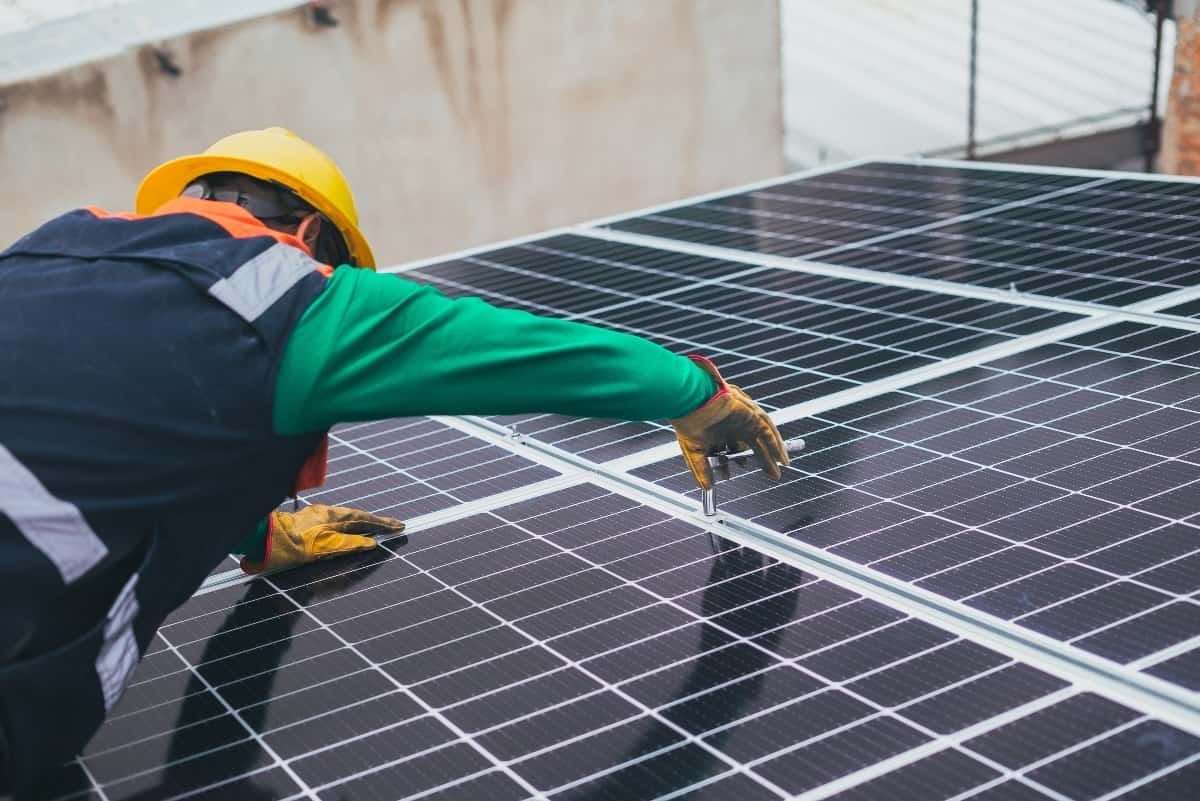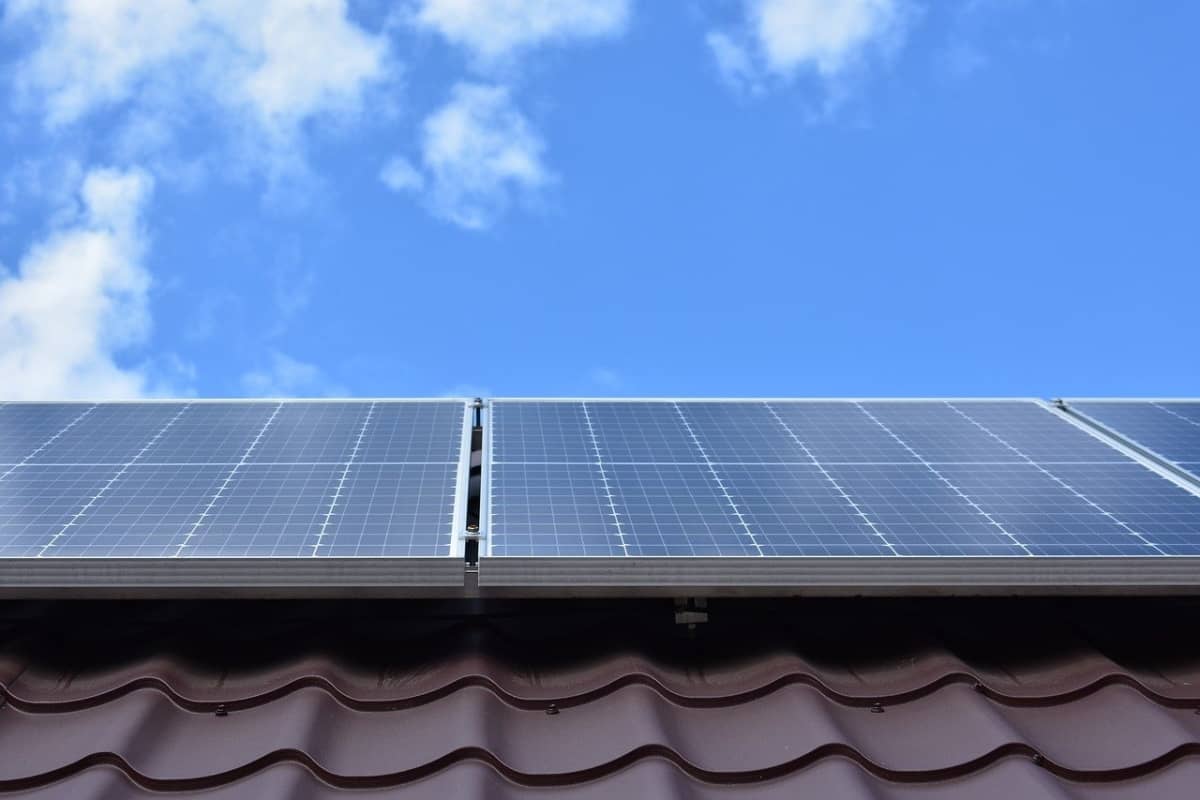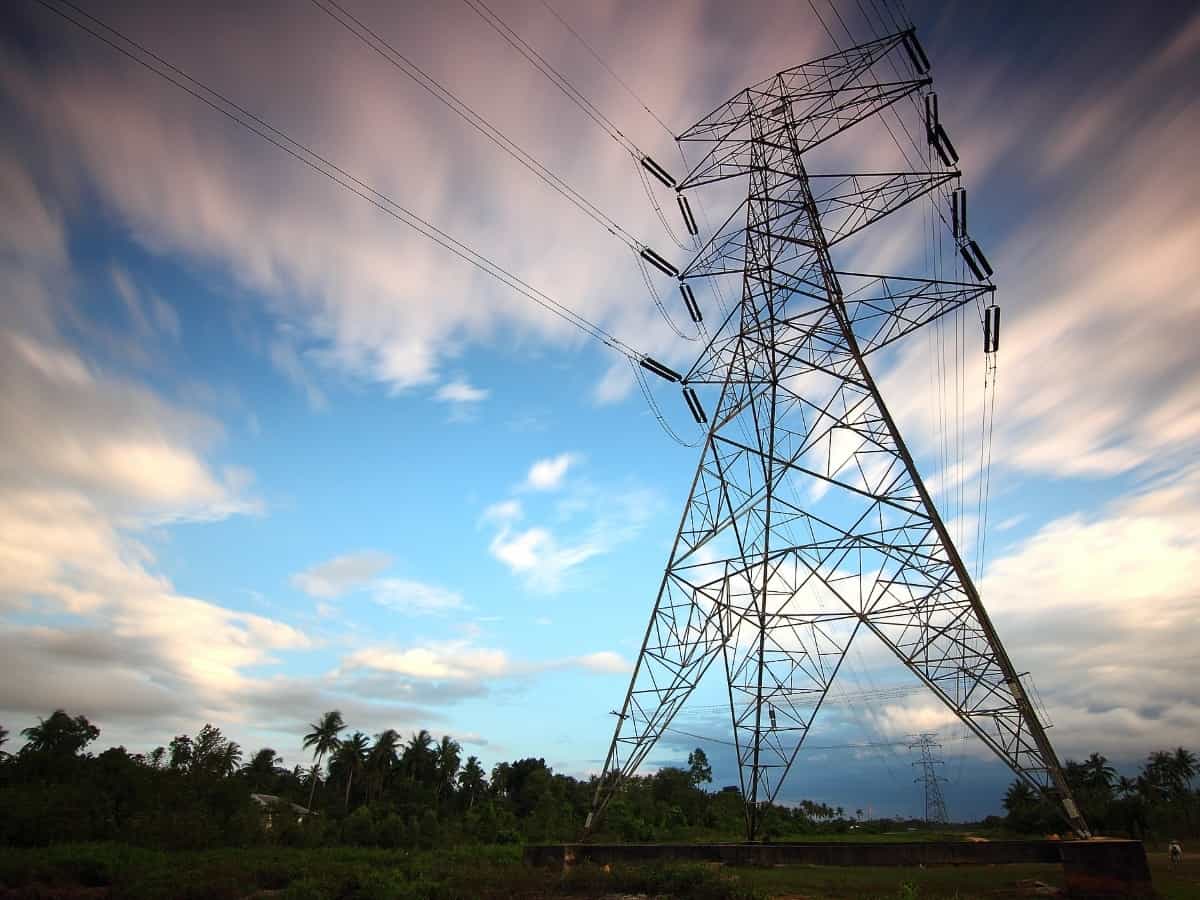Time of use rates is an innovative rate structure for energy consumers. The time of use rate structure is generated from a metering system. This system measures and charges a customer’s consumption based on the time they used the energy. Energy charges are usually high when energy use is high.
Discover Energy Audits with Solar Energy and ONIT Home
Try our Free Energy Audit to make sure your home is performing at optimum energy efficiency. We’ll inspect every nook and cranny of your home to make sure it’s best serving your needs. We’ll also give you tips on lowering your energy bills, conserving energy, and creating a more efficient space. To learn more about how we can help you maintain a top performing home, visit us online to get started!
How the Time-Of-Use Rates Work
Energy demand varies at different times of the day. It’s a simple supply and demand! For example, when demand is high, the cost of electricity is high. Then, when the demand is low, the price of energy is low. The difference in electricity demand introduces issues to the power grid. For example, when electricity demand is low, the grid is okay. But when the demand increases, the grid gets strained.
For instance, fewer customers use electricity during the late mornings and early afternoon. This is due to the fact it’s working and school hours. However, in late afternoon and evening, the electricity demand increases. This is an effect of more people being home. In addition, people clean, cook and entertain all at approximately the same hours. These activities task the grid quite a bit, creating strain.
Time-of-use rate charges electricity use during the different demand times differently. As a result, electricity is cheaper when the demand is low and costly when the demand is high.

Why Time-of-Use Rates
Time-of-use rates, unlike standard rates, use a real-time pricing model. To break this down, electricity in a time-of-use rate system is charged differently depending on the energy demand. A real-time pricing model comes in handy to track utility expenditure. This is because you’re able to see when electricity is consumed more regularly.
Time of use rates incentivizes consumers to shift their energy usage to when energy demand is low. It also disincentives consumers from bulk energy usage during peak hours. In addition, this effort saves the consumer from frequent power outages. This is because it encourages electricity in off-peak hours, avoiding overloading and straining the grid.
Understanding time of use helps reduce monthly energy costs and minimize power outages. Additionally, time of use rates enables customers to take advantage of off-peak periods and stay away from peak periods.
How Is the Time-Of-Use Rate Measured
The rate is measured using time-of-use metering. Time-of-use metering is a measurement by companies used to measure the amount and time of energy used by a given consumer. The information recorded by the time-of-use meter informs the billing of the consumer. It’s done this way instead of a traditional method where only the amount of units in kWh dictate the consumer’s bill.
The time-of-use rate is divided into three categories. These categories depend on the time of the day and the electricity demand at the time. These categories include peak, off-peak and mid-peak.
- Peak rate. This is the time of the day when electricity demand and consumption are usually highest. This is in the late afternoon and evening when people come from work and start to use their appliances at home heavily.
- Off-peak rates. An off-peak rate usually occurs during late mornings, early afternoons, and late in the night. These periods are usually when electricity demand and consumption are at their lowest, hence the cheapest.
- Mid-peak rates. This is also known as shoulder time, which is when energy consumption is either rising or falling off during the day. People get home and retire at different times, creating a span of a few hours of shoulder rates.
Ensure your heavy appliances run during off-peak rates to take advantage of the time of use rates. Activities such as running the washing machine, dishwasher, or charging an electric car should be carried out during this time.

Solar and Time-of-Use Rates
Although using a time-of-use rate can save you money, introducing solar to the equation takes energy consumption cost to a record low.
Investing in solar is an excellent way of decreasing exposure to peak time-of-use rates. For example, if your energy consumption is highest during the day, you’ll benefit from using solar energy rather than energy from the grid. Although time-of-use rates are not very expensive at this time, saving even the least of the cost goes a long way.
Solar, Storage System, and Time-Of-Use Rate
To elevate the impact of solar, customers must invest further in a home energy storage system. The system stores energy during the day for use in the evening. Consequently, they get subsidized electricity costs from the grid when the time-of-use rate is highest. The stored energy customers use comes without any restrictions or incurring energy bills.
Net Metering and Time-Of-Use Rate
If you have surplus energy, you can engage in net metering. Net metering is a system that is perfect for solar users with extra energy. Through net metering, customers send the extra power to the grid and earn redeemable tokens that they can use when they need to use energy from the grid. This works even without any battery storage system in place. But with the time-of-use rate, a solar system coupled with a power storage system, customers can make serious savings.
Smart Net Metering
With standard net metering systems, if you give the grid 1 kWh of electricity, you will redeem 1 kWh of electricity. But with the time-of-use rate, this is not the case. Remember, the essence of the time-of-use rate is that consumers shift their heavy electricity use from peak periods to off-peak periods to alleviate stress from the grid. Thus, making energy more expensive during peak hours than off-peak hours.
This variation introduces interesting dynamics when net metering is engaged.
With a solar and storage system in place, customers can generate enough energy during the day and store it. However, the time-of-use rate is low when the sun is prime. Therefore, if one channels their generated energy at that time, the energy they send to the grid is cheap. Therefore, if one redeems energy during a peak period, they might redeem less power than that channeled into the system.
However, for customers who channel their stored energy into the main grid during peak hours, they sell it at a higher rate, getting value for their energy. This is reflected in the low cost of electricity used from the main grid.
Solar Power System Design and Time of Use Rates
Capping the energy cost saving using solar to the maximum may require engaging in all the above methods – using energy during the off-peak times and integrating the solar power system design into the main power grid.
Introducing a solar system is fine, but installing one to take advantage of the amount of sunlight that hits your locality at an optimized angle and time consideration is the ultimate optimization. If you are in an area where you receive peak sun in the late afternoons, then having your system facing west will do much good. This is because you will generate your electricity during peak periods, saving a significant cost.
Despite the location and the time-of-use rate you are exposed to, solar experts exist to help customers to adapt to the use of solar energy as a way of saving costs and conserving the environment through clean energy. These experts understand the ultimate solar design installation to help customers harness the most out of their installations.
Is The Time-Of-Use Rate Mandatory?
While the time-of-use rate is not mandatory, it provides more choices for consumers. They can choose between a standard rate and a time-of-use rate. In California, though, the utility rate structure is mandatory. As a result, California transitioned the residential customers through 2019 and 2020. In addition, the commercial, industrial and agricultural consumers are also required to transition to the time of use rates system.
The utility rate structure system is picking up momentum. Many models are being tried out, and many other states are making an effort towards implementing the same. In addition, it’s already offered voluntarily in many states.
Are All Electricity Users at a Time-Of-Use Rate?
All electricity users are not at a time-of-use rate. The electricity utility system is available in many states but not mandatory. Therefore, it remains the consumer’s decision to opt for the standard rate or shift to the time-of-use rate. Also, the time-of-use rates vary with the utility company providing them and its operation region.

Next Steps Towards Optimal Energy Usage
An essential part of the energy cost savings plan includes solar installation and a storage system. Now that you understand the time-of-use rate and how it works, it is high time you optimize your power generation and usage to make a maximum saving on electricity cost.
It is important to engage a solar expert to help with the installation process and guide you through the different additional options to further lower your electricity cost. At ONIT Home, we understand this need to the core and are beyond qualified to help you with your energy needs. Our priority is to see you enjoy affordable electricity convenience at a cost that favors your pocket. We offer the best solar installations at a convenient price.
For more information, visit us online or give us a call today at 1-833-433-0331. Get started today with a free quote!




